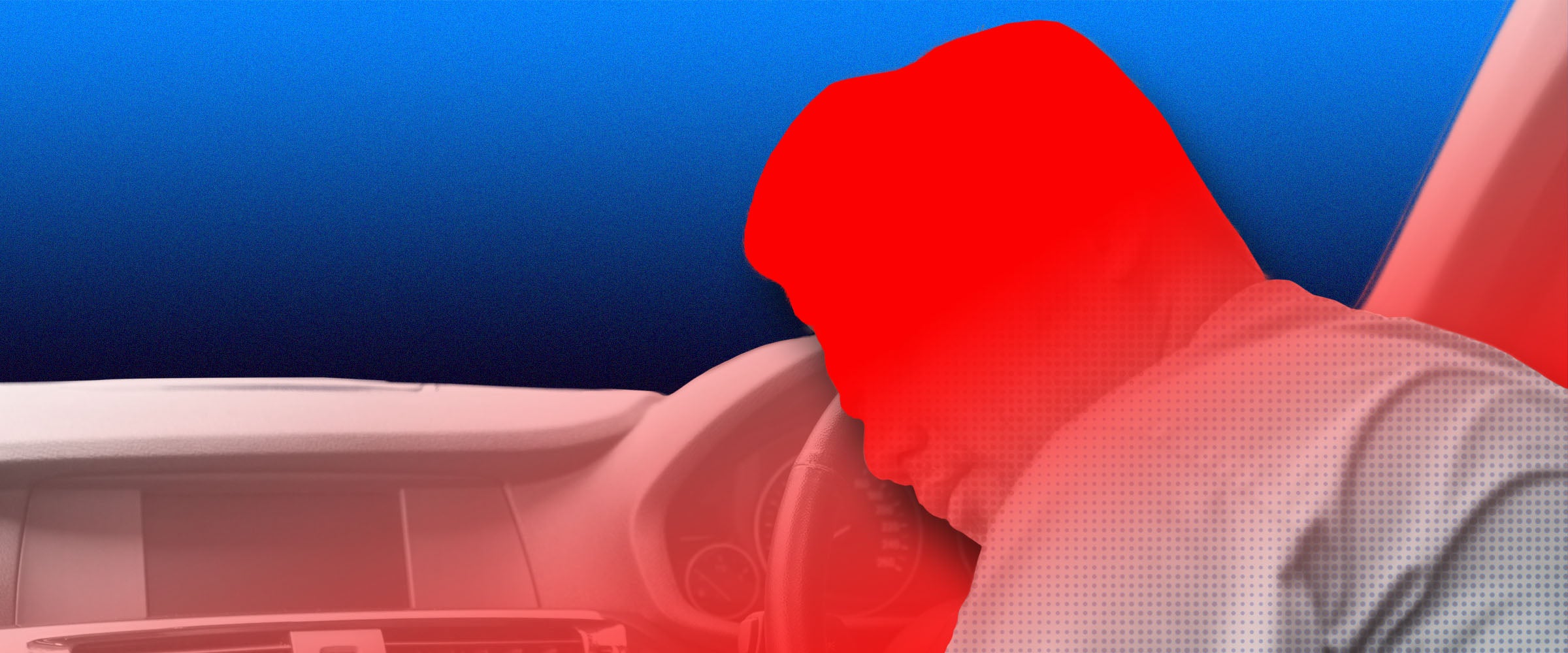Last month, scientists at the University of Surrey developed a blood test that could someday help law enforcement and employers crack down on overly tired drivers, which have previously been extremely difficult to detect, since there was no universal definition for drowsiness. While some states have enacted laws that define drowsy driving as being without sleep for more than 24 consecutive hours—a punishable offense—law enforcement previously had no way of measuring how long suspected drowsy drivers had actually been awake… until now.
“We all know that insufficient sleep poses a significant risk to our physical and mental health, particularly over a period of time,” says study author Emma Laing in a press release. “However, it is difficult to independently assess how much sleep a person has had, making it difficult for the police to know if drivers were fit to drive, or for employers to know if staff [train operators, bus drivers, those who operate heavy machinery and so on] are fit for work.”
But that’s where this new blood test comes in, which uses a computer algorithm to differentiated between sleep-deprived and well-rested people by identifying specific changes in genes that occur when a person has been awake for more than 24 hours. It’s all pretty science-y, but basically, if the person hasn’t had enough sleep, the algorithm pinpoints a subset of 68 genes—which are found in the drawn blood—that reflect acute inflammation associated with sleep deprivation.
Now, it’s definitely worth noting that our ability to drive deteriorates long before we hit the 24-hour mark this test—and law enforcement—are currently using to spot drowsy drivers. Previous research from the AAA Foundation for Traffic Safety has shown that drivers who sleep for only one or two hours less than the recommended daily allowance (seven to nine hours) in a 24-hour period nearly double their risk for a car crash, and the National Highway Traffic Safety Administration estimates that drowsy driving is a factor in 100,000 crashes annually, resulting in nearly 80,000 injuries and 6,550 deaths. In fact, another study even found that sleepy driving is almost as dangerous as drunk driving.
All of which means that, even with this new technology available, law makers and scientists will have to come to a consensus on what actually constitutes drowsy driving before they go locking up every bleary-eyed Joe on the road, which certainly won’t be easy. “What qualifies as ‘too tired’ can vary,” emphasizes Terry Cralle, certified clinical sleep educator and author of Sleeping Your Way to the Top: How to Get the Sleep You Need to Succeed.
Cralle specifically mentions that being “too tired” to function like a regular human really depends on whether you’ve accrued chronic sleep debt; if you’ve had an alcoholic beverage; how long you’ve been awake for; and what your requirements are for whatever task you’re doing. “The scary thing [about sleep deprivation] is that people who aren’t performing well think they’re doing just fine when they’re not,” Cralle continues. “That’s what’s so dangerous about it.”
But despite the fact that there’s still a lot of work to be done before we truly know what constitutes too tired, experts seem to agree that this invention is a win for everyone on the road. “This is good news for all of us, as sleep deprivation is incredibly dangerous and has likely been underrecognized and underreported due to the very fact that we had no way to measure it,” Cralle confirms. “There have been far too many horrific (and avoidable) accidents that have resulted from sleep deprivation.” Cralle specifically points to the Exxon Valdez oil spill, the Challenger space shuttle explosion and the Three Mile Island nuclear accident as catastrophic examples of the dangers that come as a result of sleep deprivation.
And since we can’t all test our blood before getting behind the wheel (or doing anything that requires our non-groggy attention, for that matter), the National Sleep Foundation has put together a handy list of signs to watch out in order to tell if you’re too tired to drive:
- Difficulty focusing, frequent blinking or heavy eyelids
- Daydreaming; wandering/disconnected thoughts
- Trouble remembering the last few miles driven; missing exits or traffic signs
- Yawning repeatedly or rubbing your eyes
- Trouble keeping your head up
- Drifting from your lane, tailgating, or hitting a shoulder rumble strip
- Feeling restless and irritable
All in all, the basic lesson here is: Don’t stay up all night and drive. As the ancient joke goes, you ideally want to die peacefully in your sleep, like Grandpa—not screaming and shouting, like the passengers in his car.

